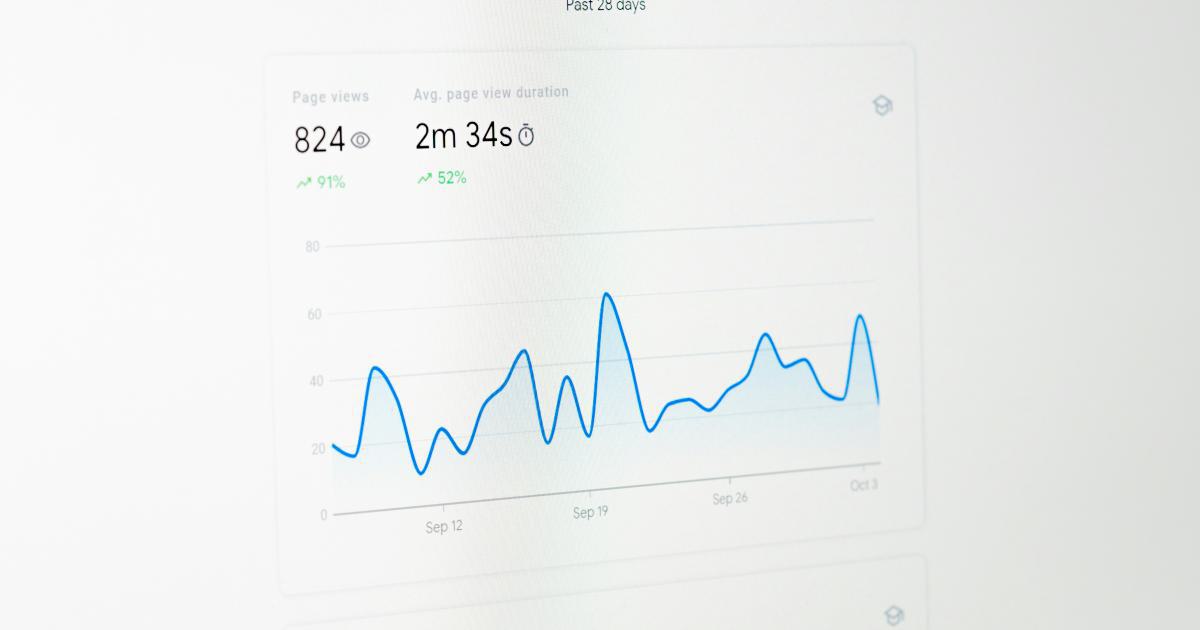Creating an Effective Content Gap Analysis Strategy


Understanding the Importance of Content Gap Analysis
In the dynamic and ever-evolving landscape of digital marketing, staying ahead of the competition requires a strategic and data-driven approach to content creation. One of the most powerful tools in a marketer's arsenal is content gap analysis - the process of identifying and addressing the gaps between the content your audience needs and the content you currently provide.
By conducting a thorough content gap analysis, you can uncover valuable insights that can inform your content strategy, improve your search engine optimization (SEO), and ultimately drive greater engagement and conversions from your target audience.

The Benefits of Content Gap Analysis
Effective content gap analysis offers a range of benefits that can significantly impact your overall marketing success:
Improved Relevance: By understanding the content needs of your audience, you can create more relevant and valuable content that resonates with them, leading to increased engagement and loyalty.
Enhanced SEO Performance: Identifying and addressing content gaps can help you optimize your website for the right keywords and topics, improving your search engine rankings and driving more organic traffic.
Competitive Advantage: Uncovering untapped content opportunities that your competitors have missed can give you a strategic edge in your industry, helping you attract and retain more customers.
Efficient Content Creation: Rather than guessing what your audience wants, a content gap analysis allows you to focus your content creation efforts on the most impactful and high-performing topics, leading to a more efficient and effective content strategy.
Improved Customer Insights: The process of conducting a content gap analysis can also provide valuable insights into your target audience's preferences, pain points, and content consumption habits, allowing you to better tailor your marketing efforts.
Conducting a Comprehensive Content Gap Analysis
Effective content gap analysis involves a systematic approach that encompasses several key steps. By following this process, you can uncover the content gaps in your marketing strategy and develop a plan to address them.
Step 1: Define Your Content Goals and Objectives
Before you can begin your content gap analysis, it's essential to have a clear understanding of your content goals and objectives. Consider the following questions:
- What are the primary purposes of your content (e.g., lead generation, brand awareness, customer education)?
- What key performance indicators (KPIs) will you use to measure the success of your content efforts?
- How does your content align with your overall business and marketing strategies?
Establishing these foundational elements will provide a framework for your content gap analysis and ensure that your findings are aligned with your organization's strategic objectives.

Step 2: Audit Your Existing Content
The next step in the content gap analysis process is to conduct a comprehensive audit of your existing content. This involves:
Compiling a complete inventory of all the content assets you currently have, including blog posts, web pages, whitepapers, e-books, videos, and social media posts.
Categorizing your content by topic, format, target audience, and stage of the customer journey.
Analyzing the performance of your content using metrics such as pageviews, engagement rates, and conversion rates.
Identifying any content that is outdated, redundant, or underperforming.
This audit will provide a baseline understanding of your current content landscape, revealing areas where you may be over- or under-producing content.

Step 3: Assess Your Target Audience's Needs
To effectively identify content gaps, you need to have a deep understanding of your target audience's informational needs and content preferences. This involves:
Conducting customer research, such as surveys, interviews, and focus groups, to gather insights into your audience's pain points, interests, and content consumption habits.
Analyzing search data, social media conversations, and industry trends to uncover the topics and keywords your audience is actively seeking.
Reviewing customer service inquiries and feedback to identify recurring questions or areas of confusion that could be addressed through content.
By aligning your content strategy with your audience's needs, you can ensure that your content is truly valuable and engaging.

Step 4: Analyze the Competitive Landscape
In addition to understanding your own content assets and your audience's needs, it's essential to evaluate the content being produced by your competitors. This competitive analysis can reveal:
The topics, formats, and channels your competitors are leveraging to reach your shared target audience.
Any content gaps or areas of opportunity that your competitors have not yet addressed.
Insights into the types of content that are performing well in your industry, which can inform your own content creation efforts.
By benchmarking your content against your competitors, you can identify unique ways to differentiate your offerings and better serve your audience.

Step 5: Prioritize and Address Content Gaps
With a comprehensive understanding of your existing content, your audience's needs, and the competitive landscape, you can now begin to prioritize and address the content gaps you've identified. This involves:
Categorizing the content gaps based on factors such as importance, feasibility, and potential impact.
Developing a content roadmap that outlines the specific content assets you will create to fill the identified gaps.
Allocating resources and setting deadlines for the creation and distribution of your new content.
Continuously monitoring the performance of your content and adjusting your strategy as needed to ensure maximum impact.
By taking a strategic and data-driven approach to filling content gaps, you can create a more robust and effective content ecosystem that drives measurable results for your business.

Leveraging Content Gap Analysis for Improved Results
Integrating content gap analysis into your overall content strategy can have a profound impact on your marketing efforts. Here are some ways to maximize the benefits of this powerful process:
Enhance Your SEO Performance
By identifying and addressing content gaps, you can optimize your website for the right keywords and topics, improving your search engine rankings and driving more organic traffic. This can be achieved by:
- Conducting keyword research to uncover the terms and phrases your audience is searching for.
- Aligning your content creation with the identified search intent and user needs.
- Optimizing your existing content to better target high-performing keywords.
- Developing new content assets that fill gaps in your website's topical coverage.

Improve Lead Generation and Conversions
Content gap analysis can also help you create more targeted and valuable content that resonates with your audience, leading to increased lead generation and conversions. By understanding your audience's pain points and content preferences, you can:
- Develop gated content assets, such as whitepapers or e-books, that address specific customer needs.
- Create content that guides your audience through the buyer's journey, nurturing them towards a sale.
- Optimize your content for conversion by incorporating clear calls-to-action and lead capture forms.

Foster Stronger Customer Relationships
Content gap analysis can provide valuable insights into your audience's preferences and pain points, allowing you to create content that builds trust, engagement, and loyalty. By addressing the informational needs of your customers, you can:
- Develop educational and supportive content that positions your brand as a thought leader and trusted partner.
- Create personalized content experiences that cater to the unique needs of different customer segments.
- Leverage user-generated content and customer feedback to inform your content strategy and demonstrate your responsiveness to customer needs.

Facilitate Agile Content Planning
By continuously monitoring your content performance and updating your gap analysis, you can adopt a more agile and responsive approach to content planning. This allows you to:
- Quickly identify and address emerging content needs in your market.
- Adapt your content strategy to changing audience preferences and industry trends.
- Allocate resources more effectively by prioritizing the creation of high-impact content.

Conclusion
In the dynamic world of digital marketing, content gap analysis is a powerful tool that can help you create a more effective, relevant, and impactful content strategy. By systematically identifying and addressing the gaps between your audience's needs and your current content offerings, you can drive measurable improvements in your SEO performance, lead generation, customer relationships, and overall marketing success.
By embracing a data-driven and audience-centric approach to content creation, you can position your brand as a trusted authority and stay ahead of the competition in your industry. Remember, the key to success lies in consistently refining your content gap analysis and adapting your strategy to the ever-changing needs of your target audience.